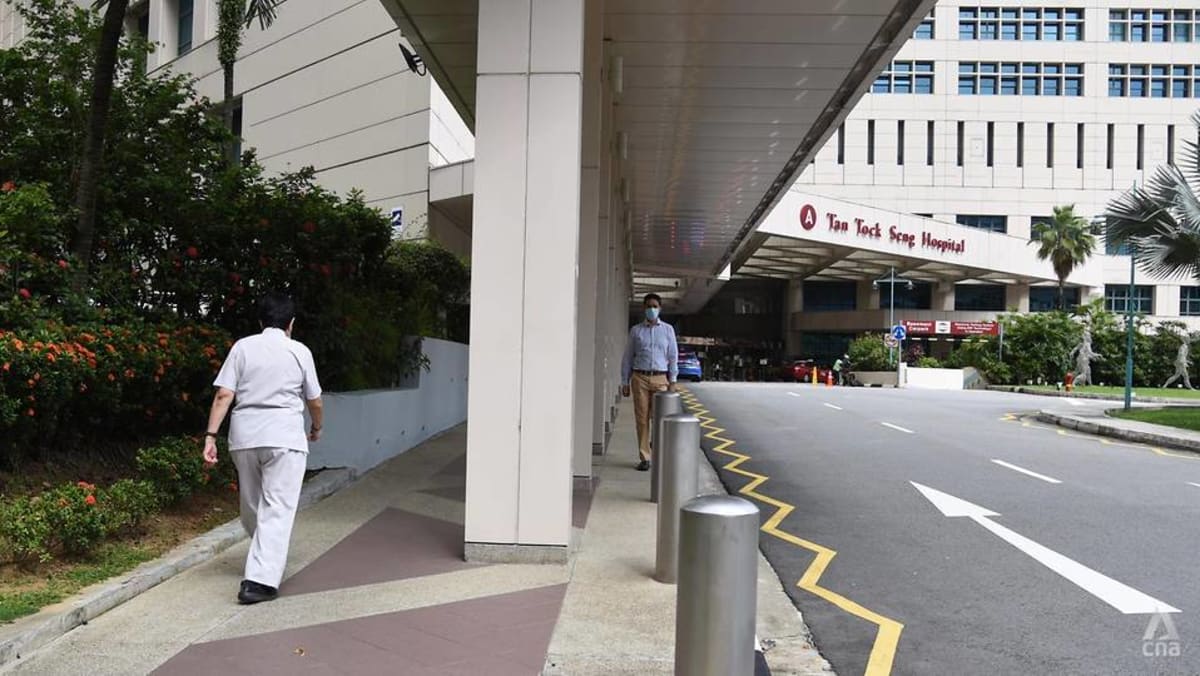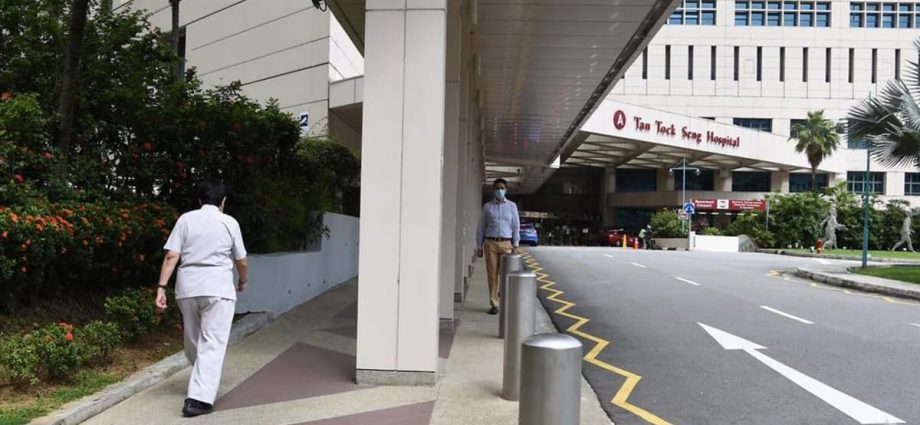
In a supplementary question, Ms Lim asked whether the reported COVID-19 cases in hospitals and nursing homes could be underestimates, given that some patients could be asymptomatic.
“The numbers may be an underestimate, we did not do daily testing on everybody,” said Dr Puthucheary.
He added that it would be inappropriate to subject everyone in hospitals and nursing homes, including visitors, to COVID-19 testing. The Health Ministry takes a “risk-based approach” to testing, he said.
Singapore has collected “quite a lot of data” in the last few years, which has allowed scientists to model the transmission, clusters and the spread of COVID-19 in different settings.
“So yes, it may be an underestimate, but I think we are confident that we have a robust handle on the relative proportions. It is approximately correct … I don’t think our underestimate is so far off that the number will be reversed, for example,” said Dr Puthucheary.
Ms Lim also asked if the Health Ministry was studying whether patient-to-patient transmission was a more common cause of infections, compared with healthcare worker-to-patient transmission.
In response, Dr Puthucheary said a detailed study would be needed to conclude which posed a greater risk at any point in time.
“The COVID-19 circumstances have changed quite significantly over the three years. Simplistically, we had different variants with different transmissibility and infectivity characteristics, but we also had very significantly different measures in place at different time periods over these nearly three years,” he added.
“So I think it would be too reductionist and too simplistic to look at the overall picture. This would require quite a detailed study to be able to come to a conclusive position as to which was a greater risk at any one point in time.”

